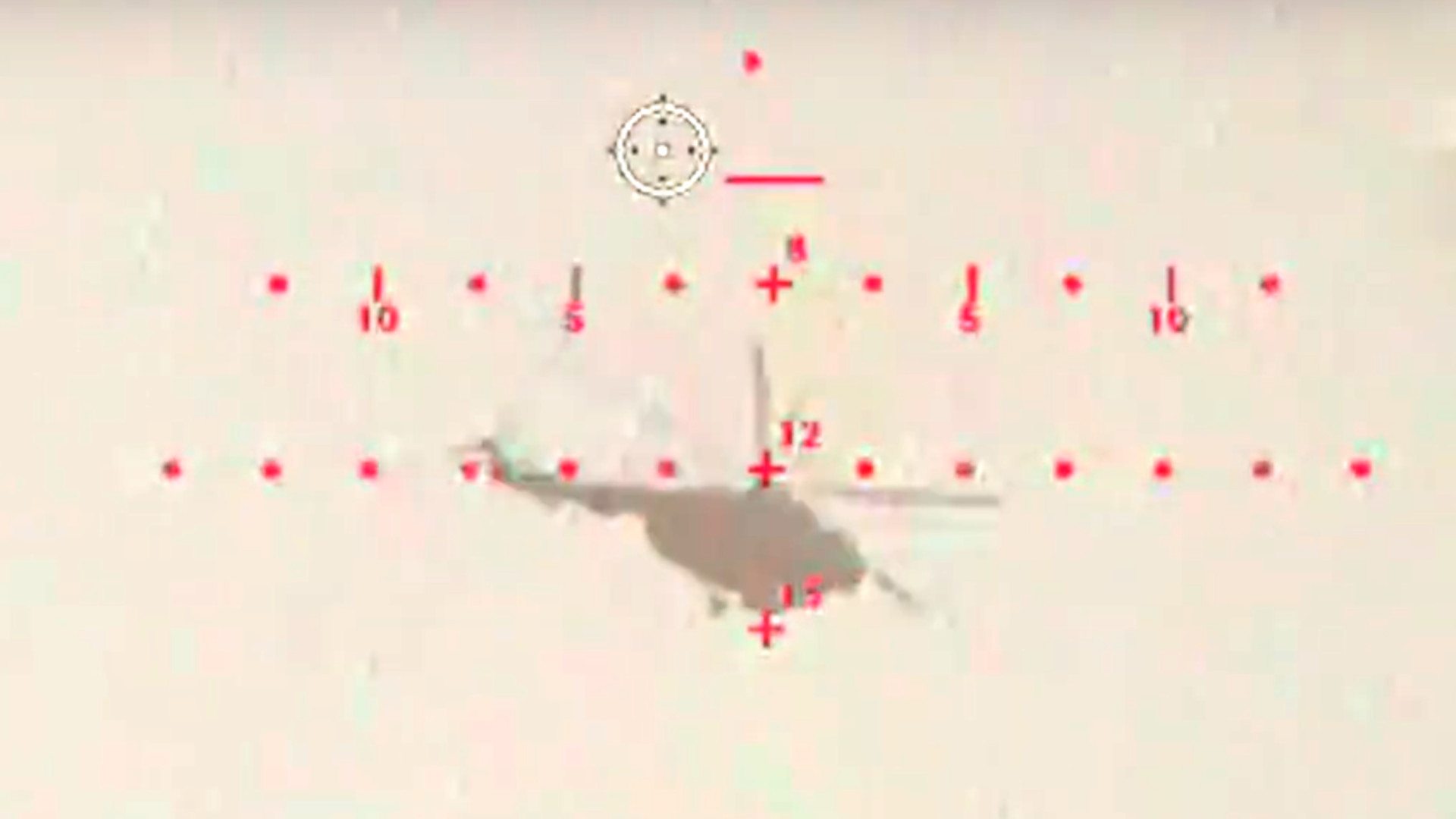Captain Drew Graham (Director of Naval Requirements) recently did a Speakers Event for the Naval Association of Canada and had some interesting information to put forward to the public regarding the Kingston class and the future Canadian Multi-Mission Corvette. All of the information and photos below are taken from his slideshow, that I will link at the bottom for anybody interested.
Early concept images for CMC, obviously should be taken with a substantial grain of salt.
- Introduced to the public for the first time here as a recognized project, currently in the identification phase.
- Kingston's have been recommended for divestment as their hull certifications expire, final vessel in the class is approved for paying off in 2029.
- Proposed delivery timeline of mid-2030's, this is a very aggressive timeline, but is being heavily pitched as important to Government.
- CMC needs to be a "small warship", bridging the gap between DeWolf and River classes.
- Around the 1000 ton mark, likely a bit heavier.
- 105m long or less due to berthing plan requirements at existing/future base infrastructure.
- Requires its own organic sensor suite, including an air search radar and sonar (hull mounted or towed array) to defend itself against modern threats.
- Serious consideration being placed on strike length VLS (integrated or containerized?) in order to contribute to North American continental defence against ballistic missile and satellite threats through radar/CMS links to NORAD/other allied systems.
- 40 personnel compliment with automation.
- Care is being paid to cost effectiveness and use of containerized/modular payloads
- Unsure of CMC order size at this time, studies underway to determine this.
- Talks about domestic shipyards of middling size coming to maturity, potential candidates for this program. Potential issues with the NSS if this is followed.


















